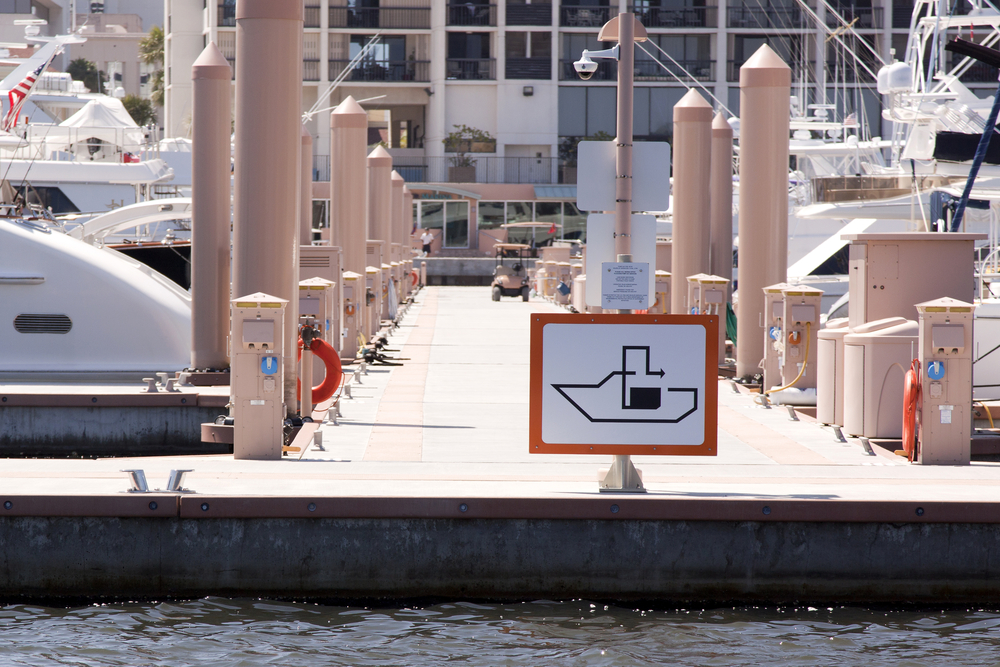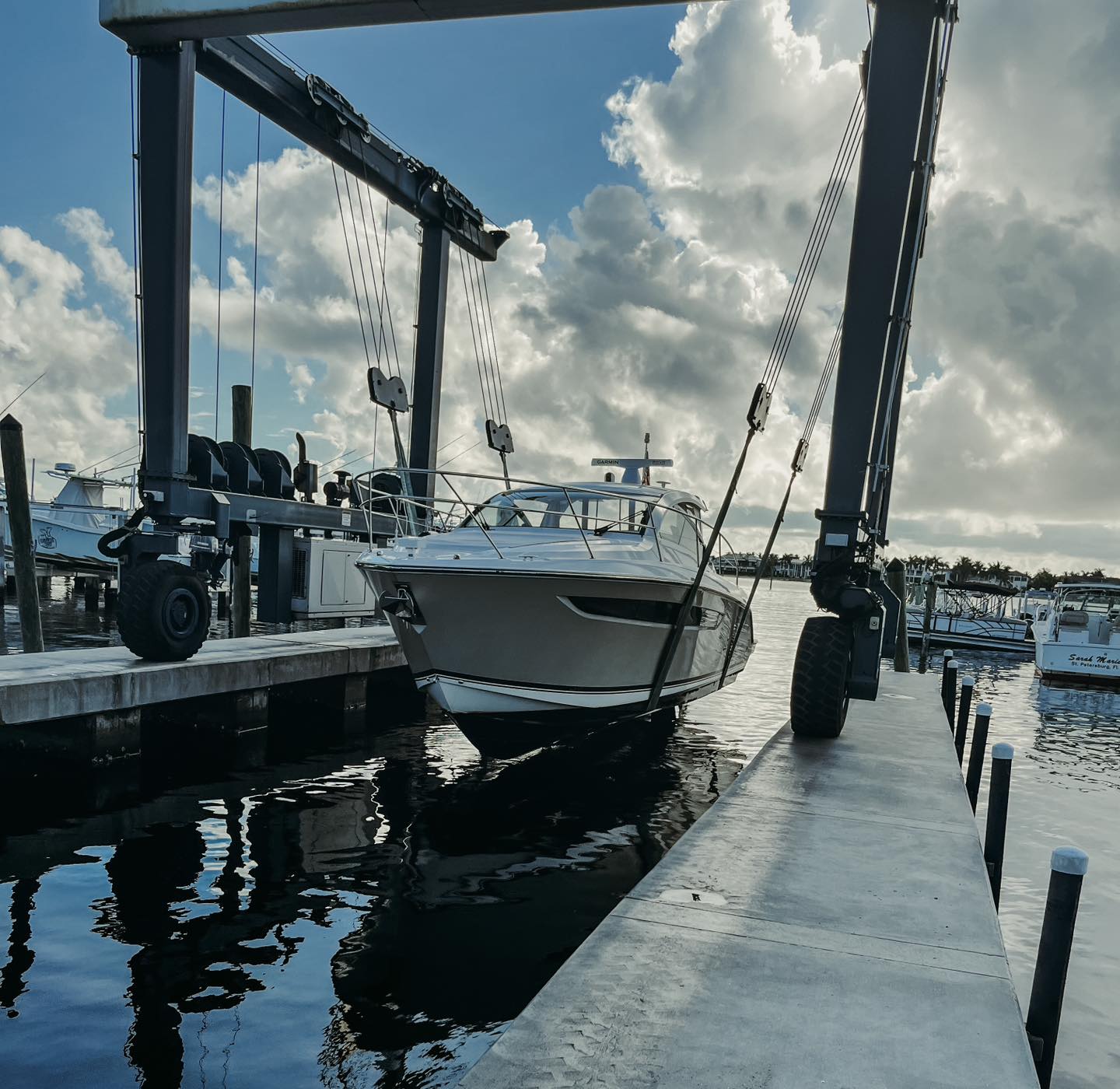

No yacht or boat owner likes to sit and think about their on-board sewage management but alas, it’s a vital component of your boat’s systems.
After all, you need to dispose of your waste safely (and legally) to prevent bacteria in waterways that can make both boating and swimming unsafe. Excess nutrients can cause algal blooms as well, causing a host of other potential problems.
While you have options for on-board sewage management (some of which include toilets, holding tanks, and on-board treatment devices), you must also consider how to legally discharge of your sewage.
Federal Law Dictates How You Can (and Most Importantly Can Not) Discharge of Sewage
As you can imagine, there are countless federal laws and regulations that dictate how you can (and can’t) discharge of sewage. Here are just a few of the major guidelines you should be aware of:
5 General Tips You Should Follow to Simplify Waste Discharge
If you’re confused about waste discharge or are finding the laws difficult to navigate, here are 5 general tips you should keep in mind:
When you’re tired up to a dock, use onshore facilities and encourage guests to do the same before heading out for the day. This reduces the amount of waste you’re forced to contend with.
Regularly maintain your MSD and all attached pluming. Also, install the best hose you can afford to help reduce on board odors.
Ask your fellow boating friends or other knowledgeable individuals for assistance. This is a confusing topic and there’s nothing wrong with asking for guidance!
Always obey the law and never discharge untreated sewage out of coastal and inland waters. Remember, you only need to travel 3 miles offshore to legally discharge sewage.
Plan ahead for each trip to determine whether or not you’ll be boating in a No Discharge Zone. Remember, no sewage – whether treated or untreated – can be discharged in these Zones.
At Oceanic Yacht Management, We Take the Guesswork Out of Waste Discharge
Are you unsure about how to discharge of the waste on your yacht? If so, take the guesswork out of your needs and contact our team at Oceanic Yacht Management instead.
We keep your needs top of mind to ensure that no matter your needs, your yacht is always ready to be taken out on the open waters. For over 35 years, we’ve been offering craftsman, personalized services to discerning yacht owners and now, we can do the same for you.
Contact us today at 561-406-4608 to discuss your unique needs and how we can assist with waste discharge and more!
